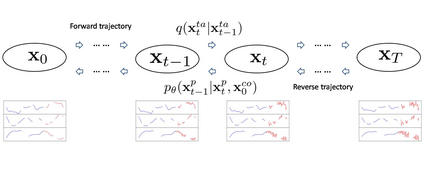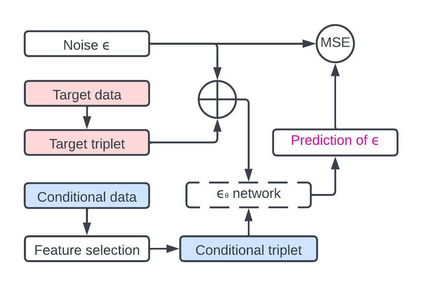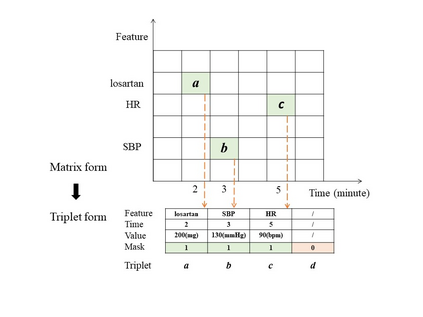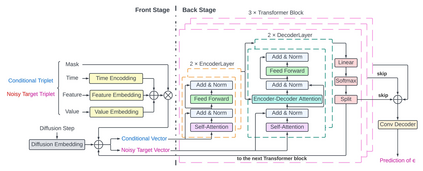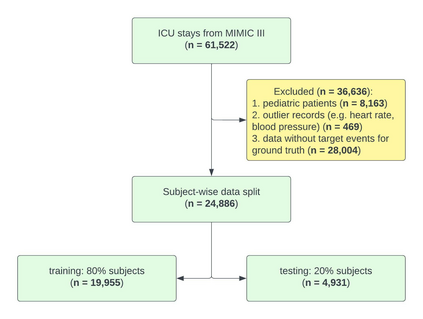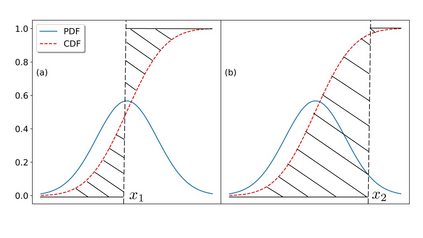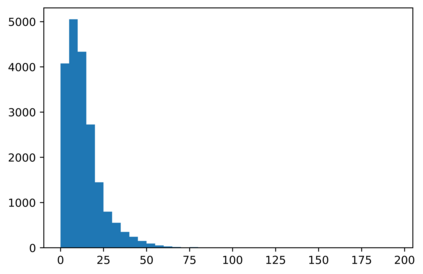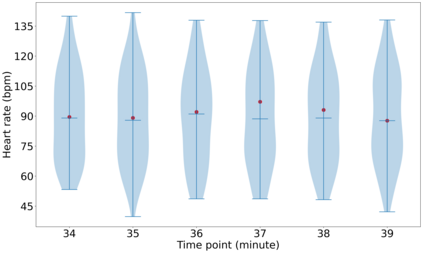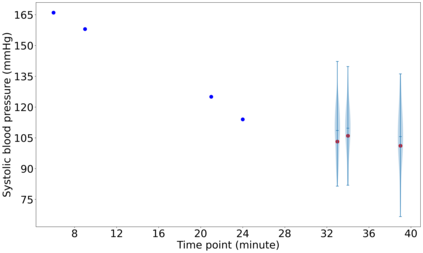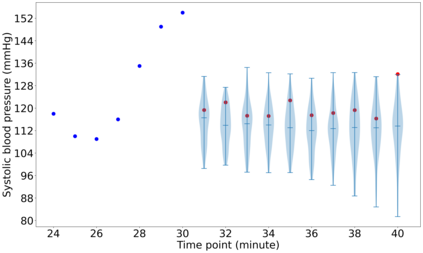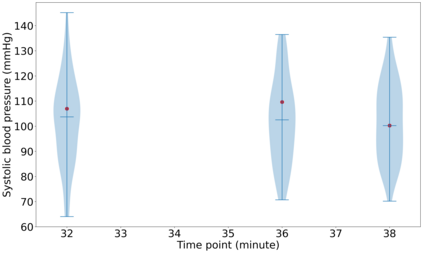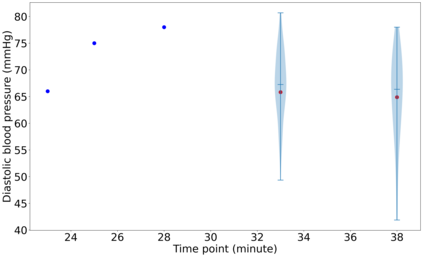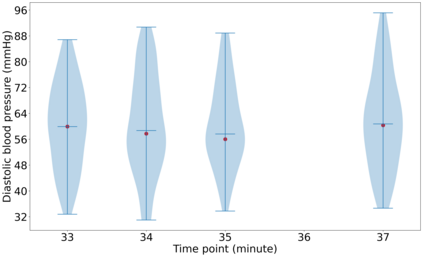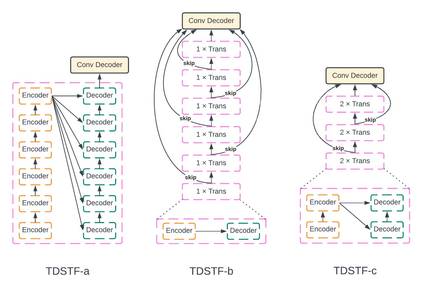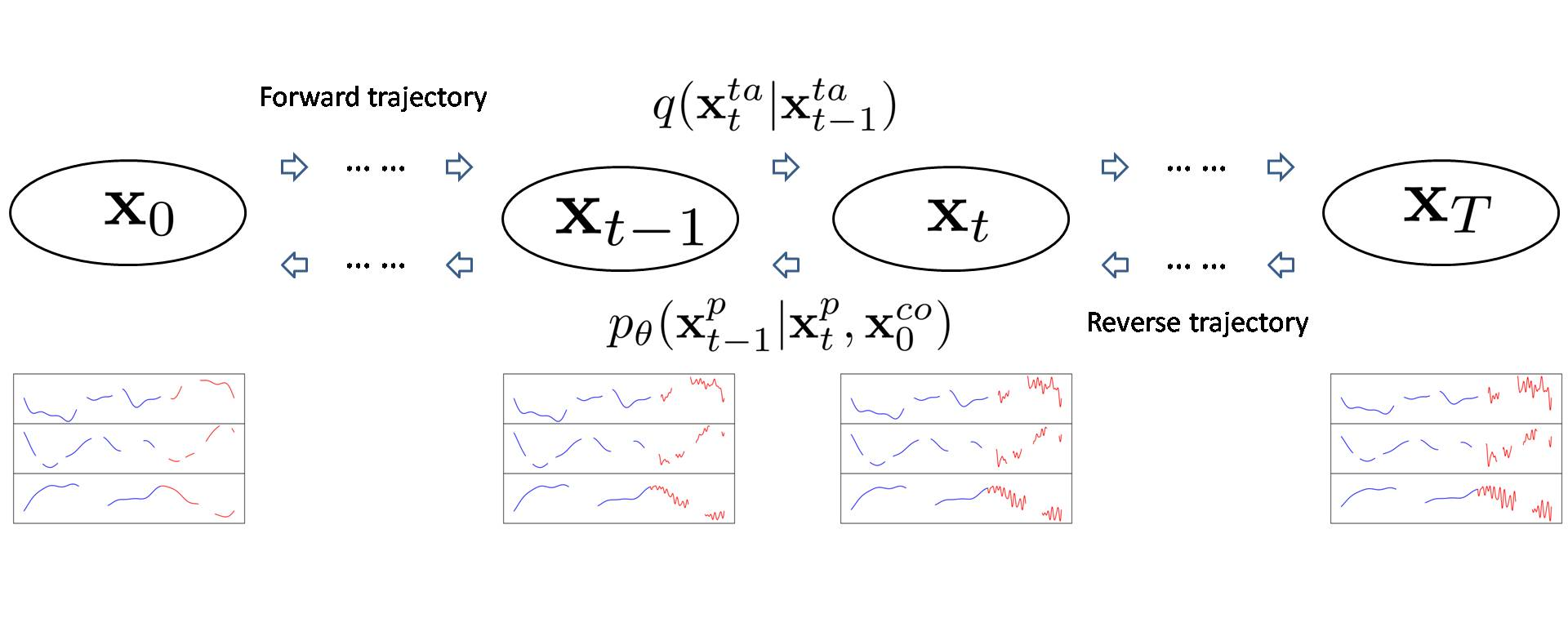Background and Objective: Vital sign monitoring in the Intensive Care Unit (ICU) is crucial for enabling prompt interventions for patients. This underscores the need for an accurate predictive system. Therefore, this study proposes a novel deep learning approach for forecasting Heart Rate (HR), Systolic Blood Pressure (SBP), and Diastolic Blood Pressure (DBP) in the ICU. Methods: We extracted $24,886$ ICU stays from the MIMIC-III database which contains data from over $46$ thousand patients, to train and test the model. The model proposed in this study, Transformer-based Diffusion Probabilistic Model for Sparse Time Series Forecasting (TDSTF), merges Transformer and diffusion models to forecast vital signs. The TDSTF model showed state-of-the-art performance in predicting vital signs in the ICU, outperforming other models' ability to predict distributions of vital signs and being more computationally efficient. The code is available at https://github.com/PingChang818/TDSTF. Results: The results of the study showed that TDSTF achieved a Standardized Average Continuous Ranked Probability Score (SACRPS) of $0.4438$ and a Mean Squared Error (MSE) of $0.4168$, an improvement of $18.9\%$ and $34.3\%$ over the best baseline model, respectively. The inference speed of TDSTF is more than $17$ times faster than the best baseline model. Conclusion: TDSTF is an effective and efficient solution for forecasting vital signs in the ICU, and it shows a significant improvement compared to other models in the field.
翻译:暂无翻译

